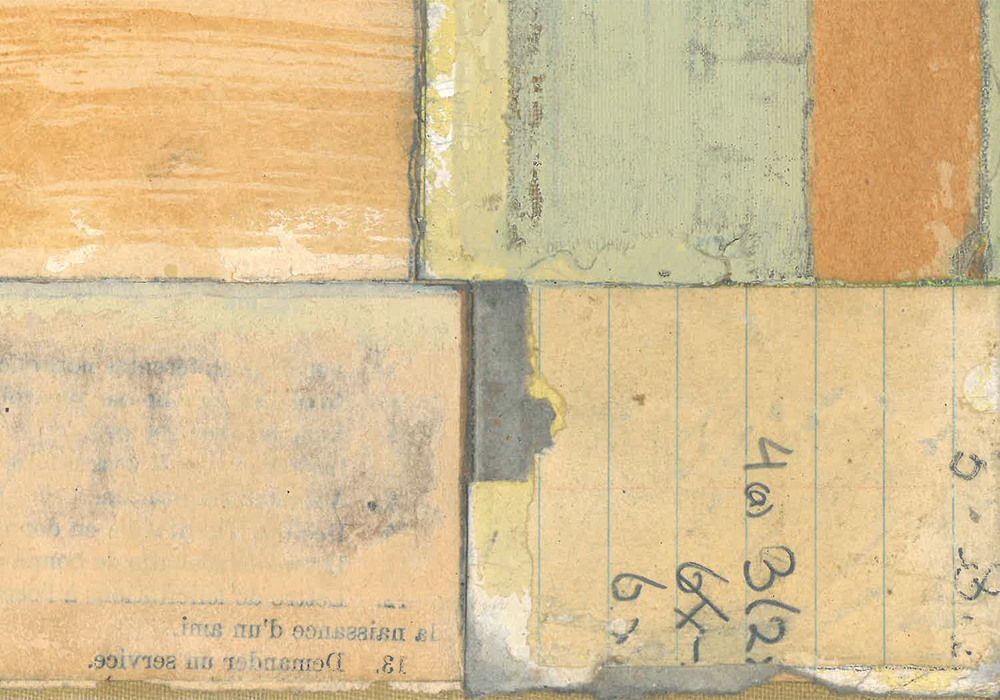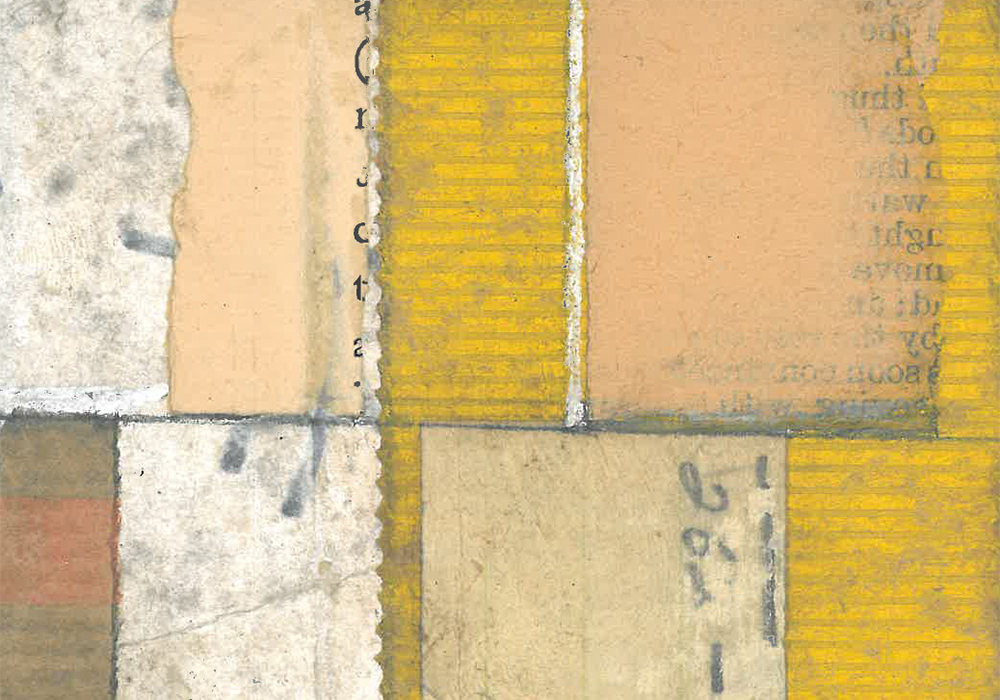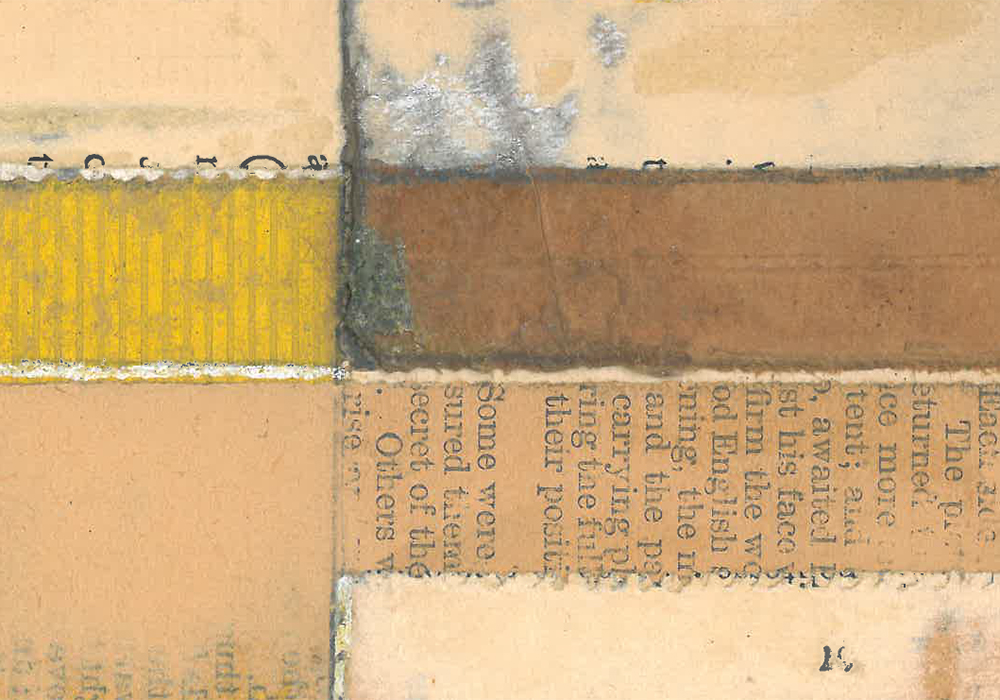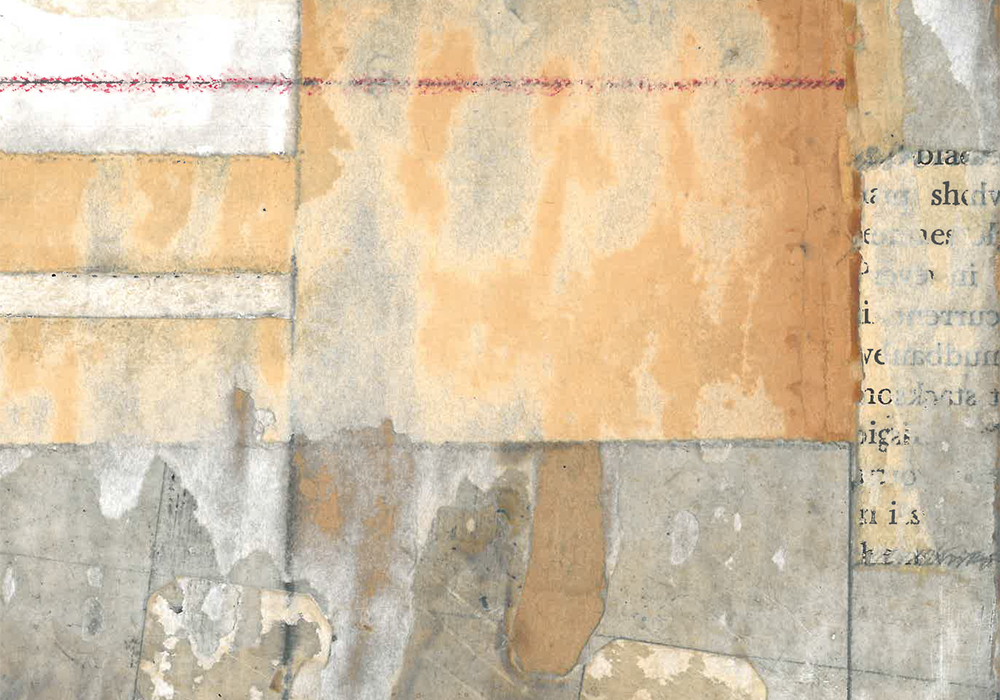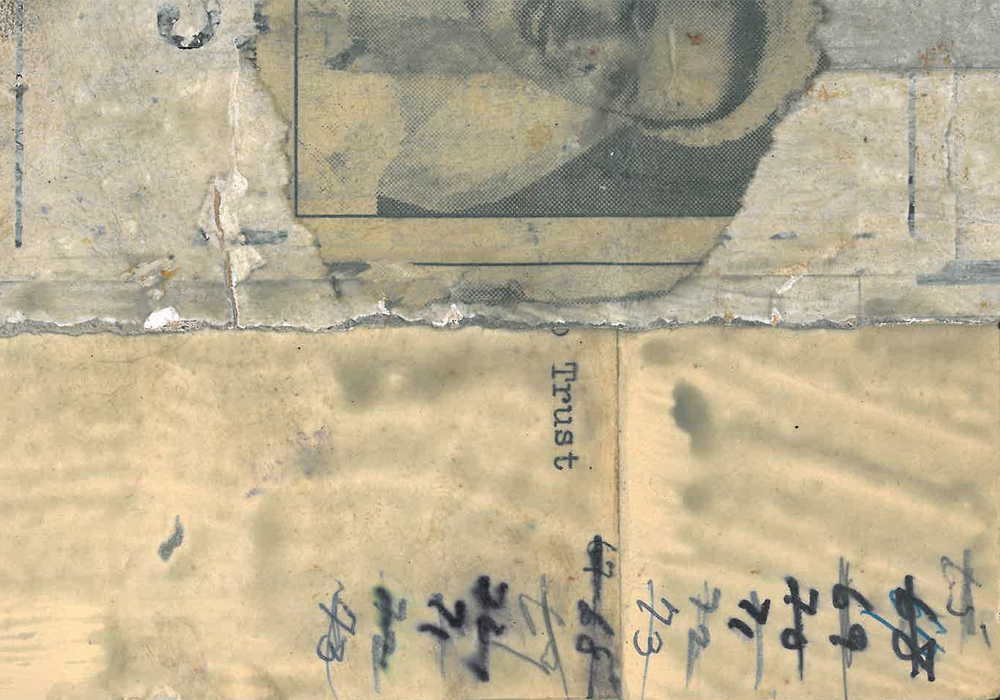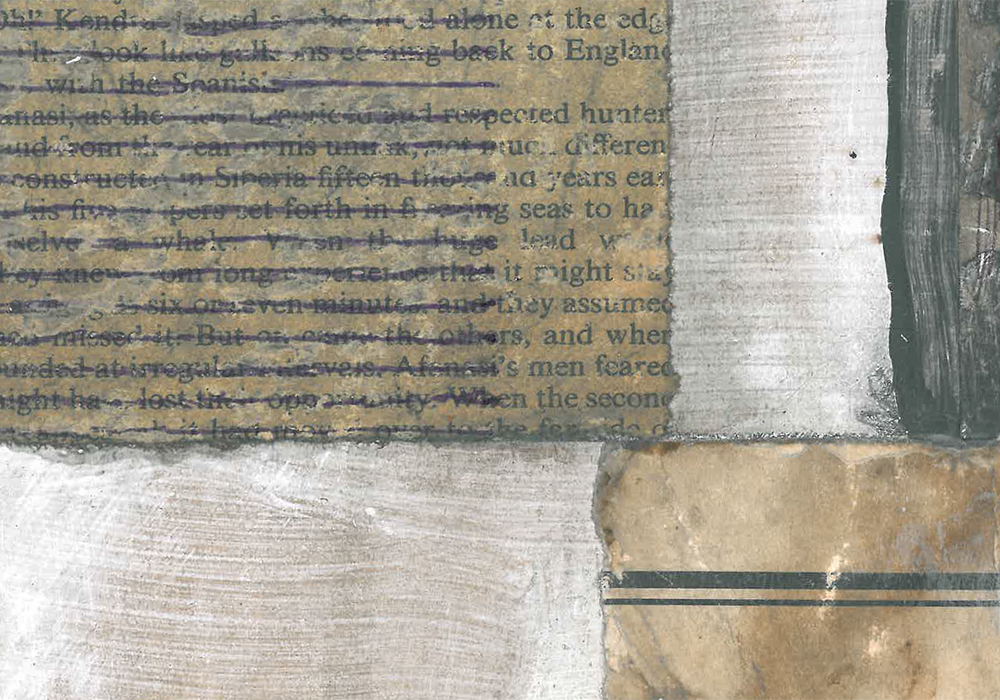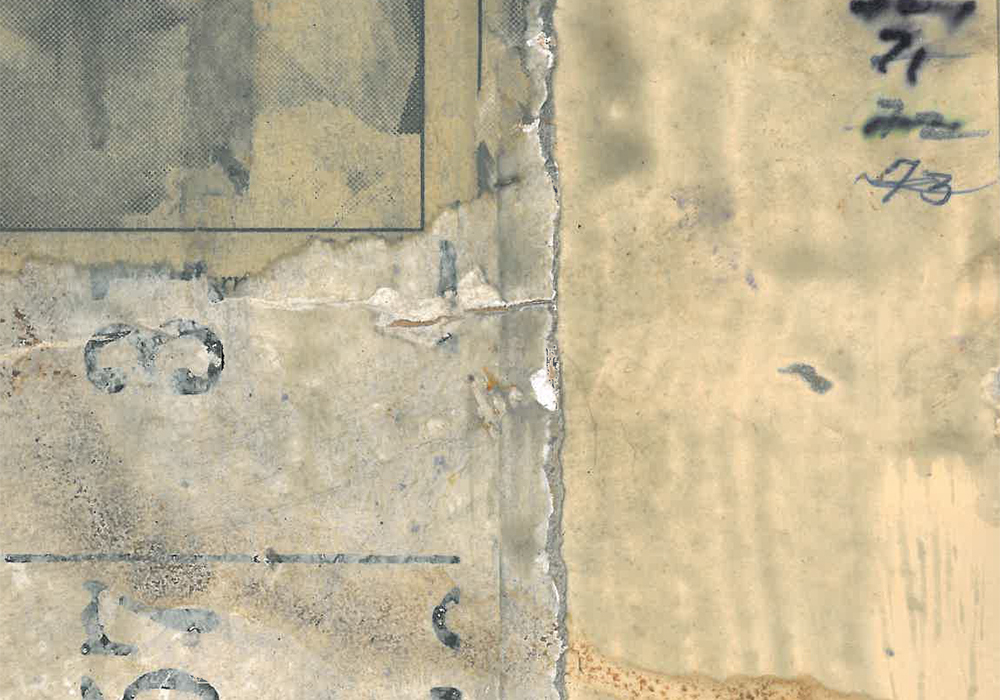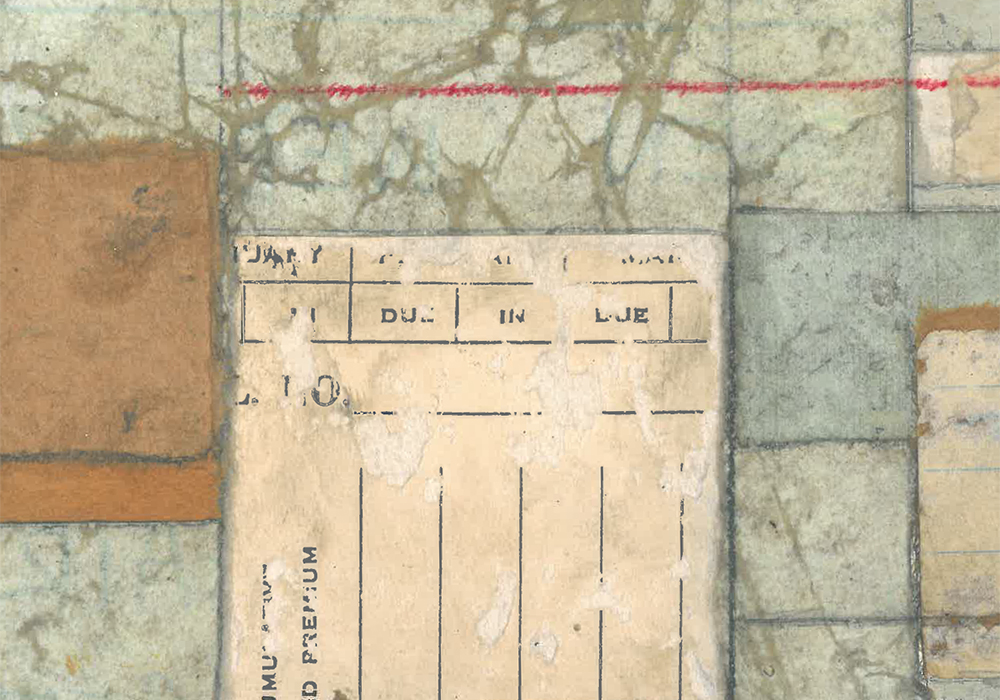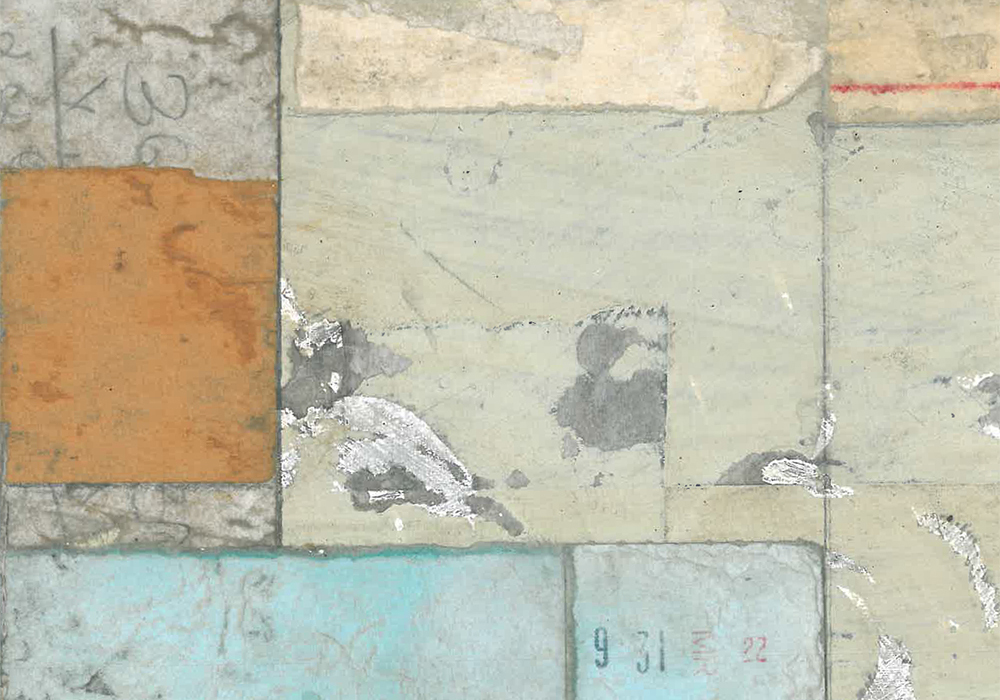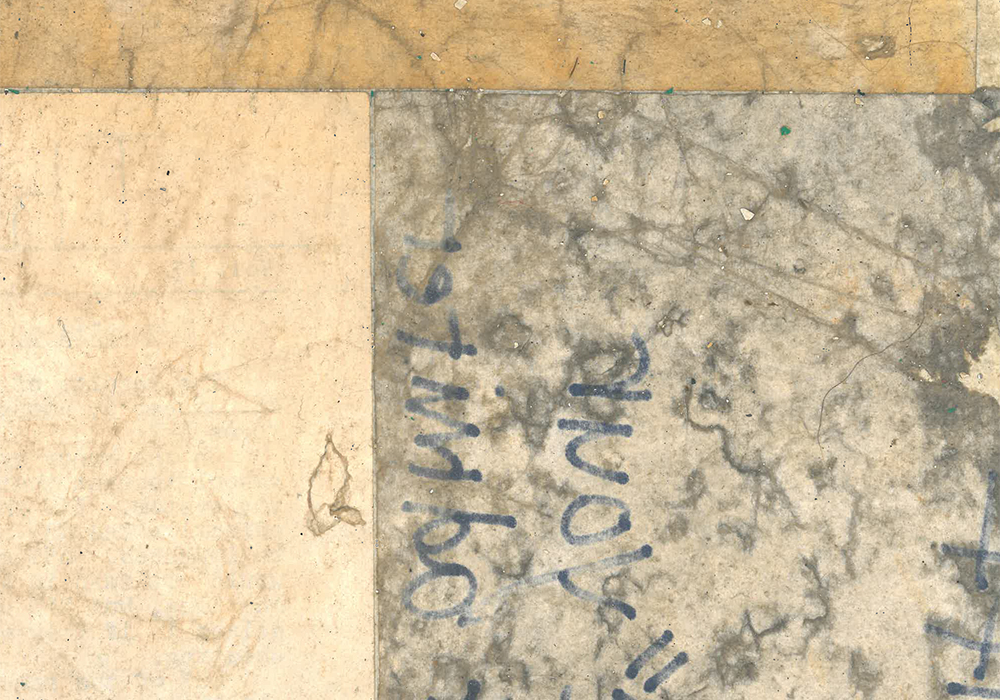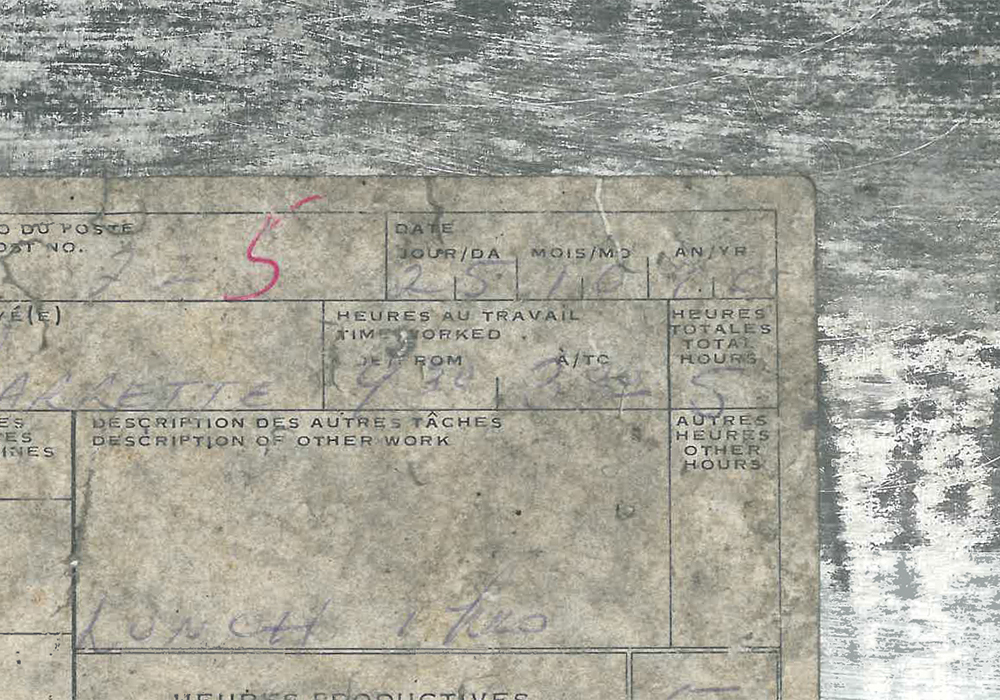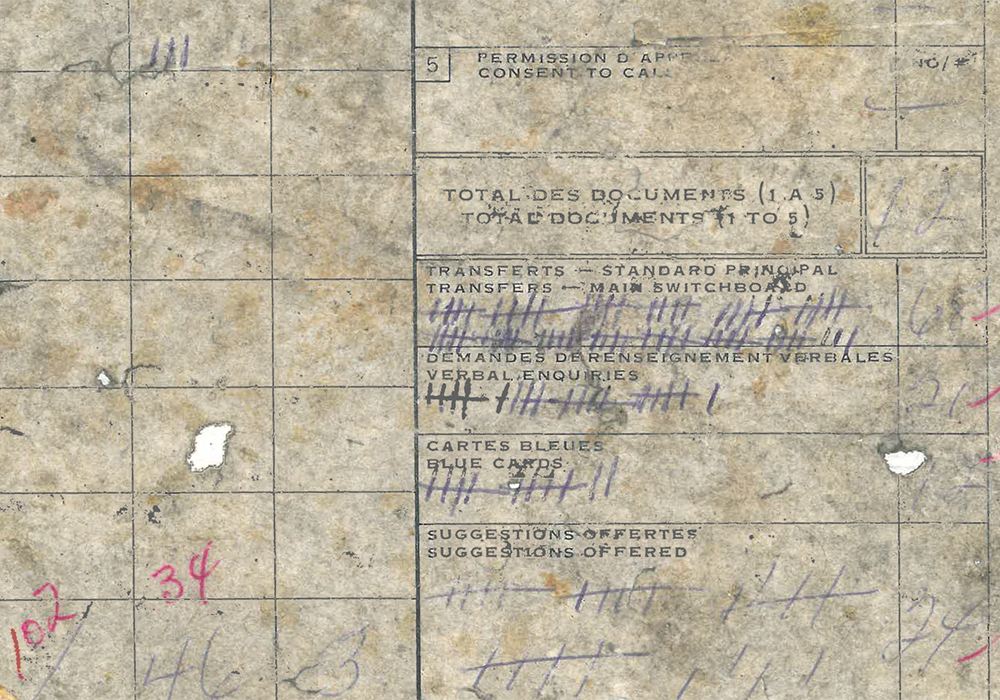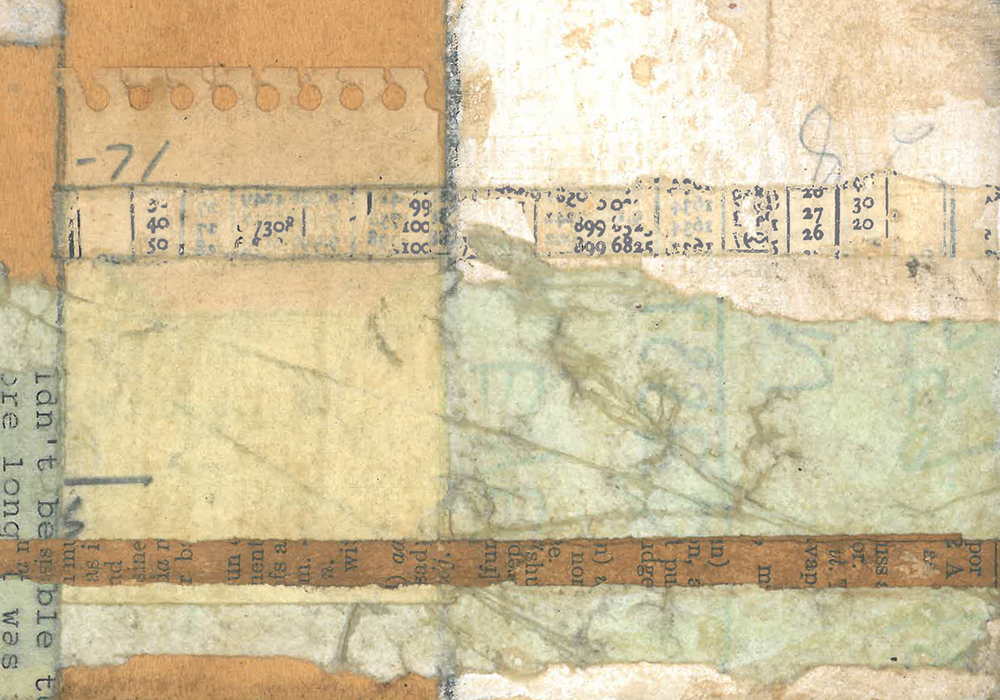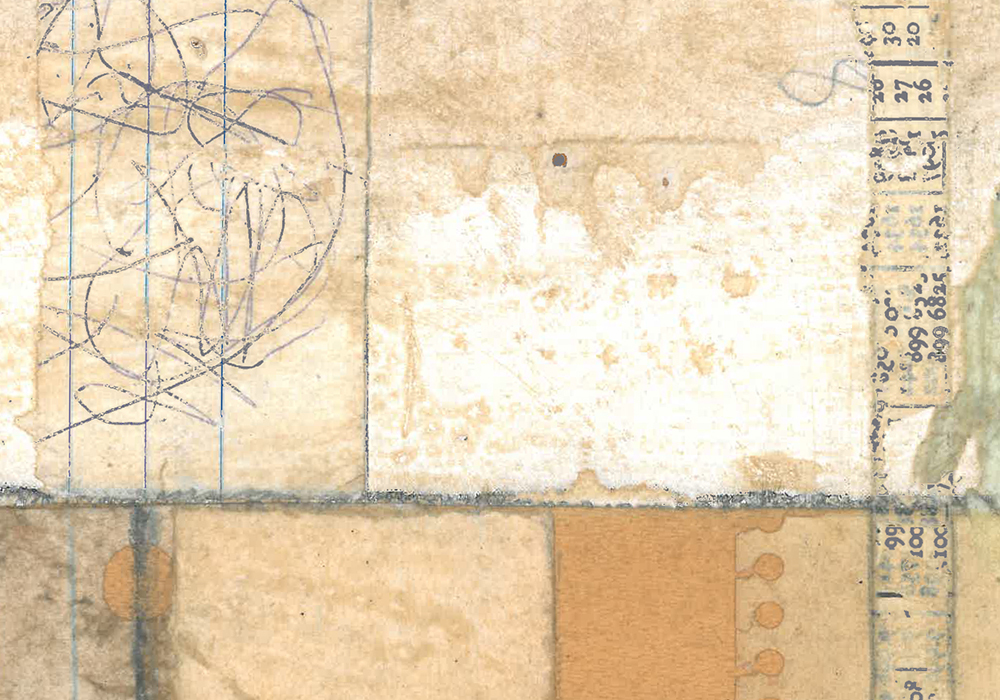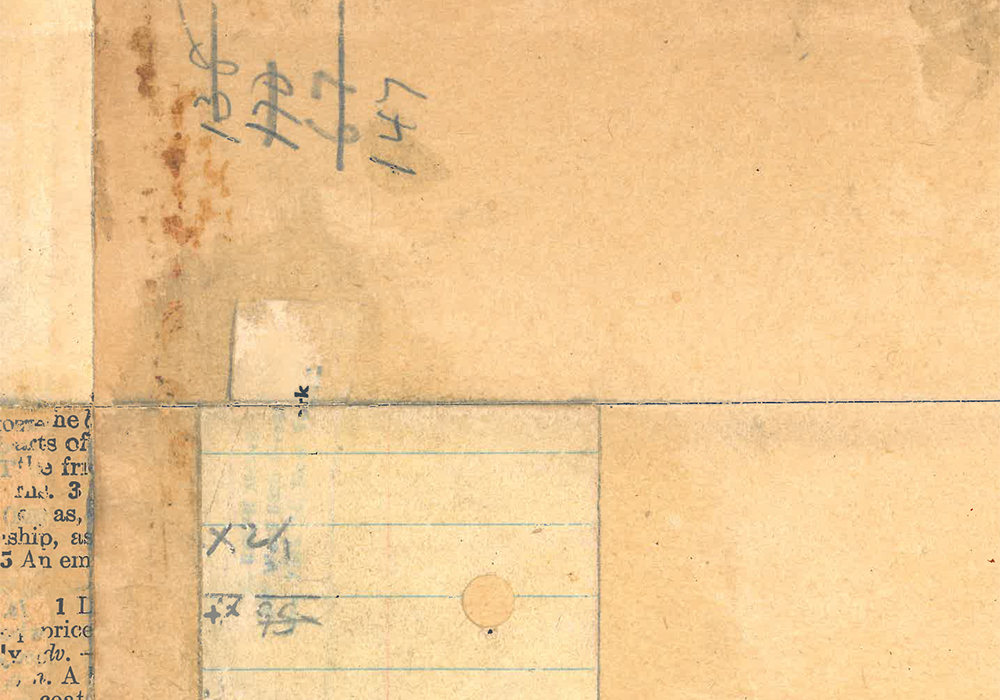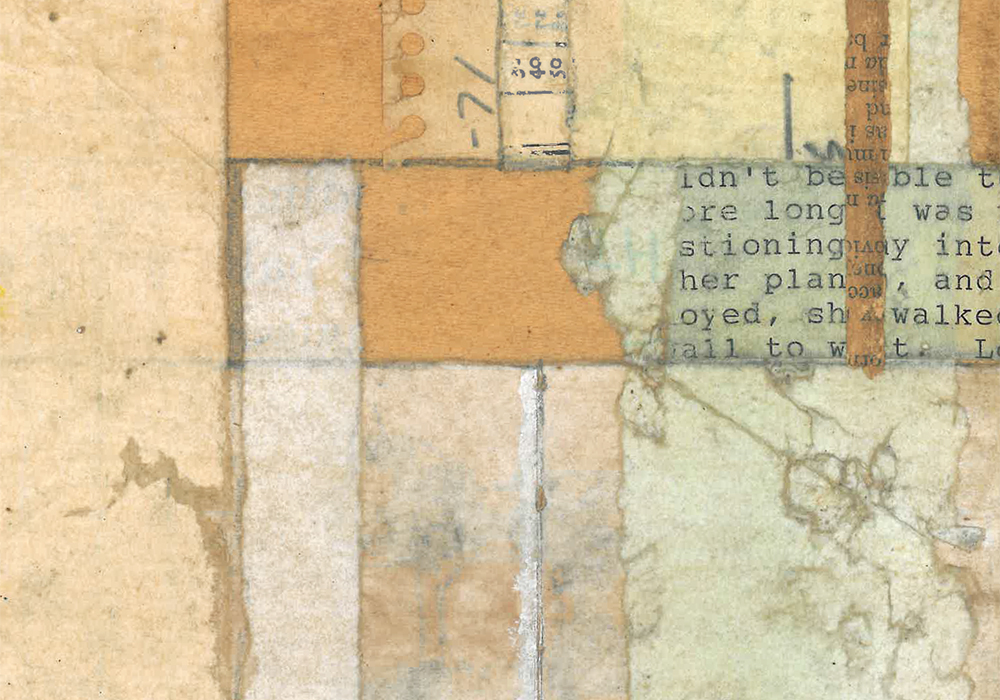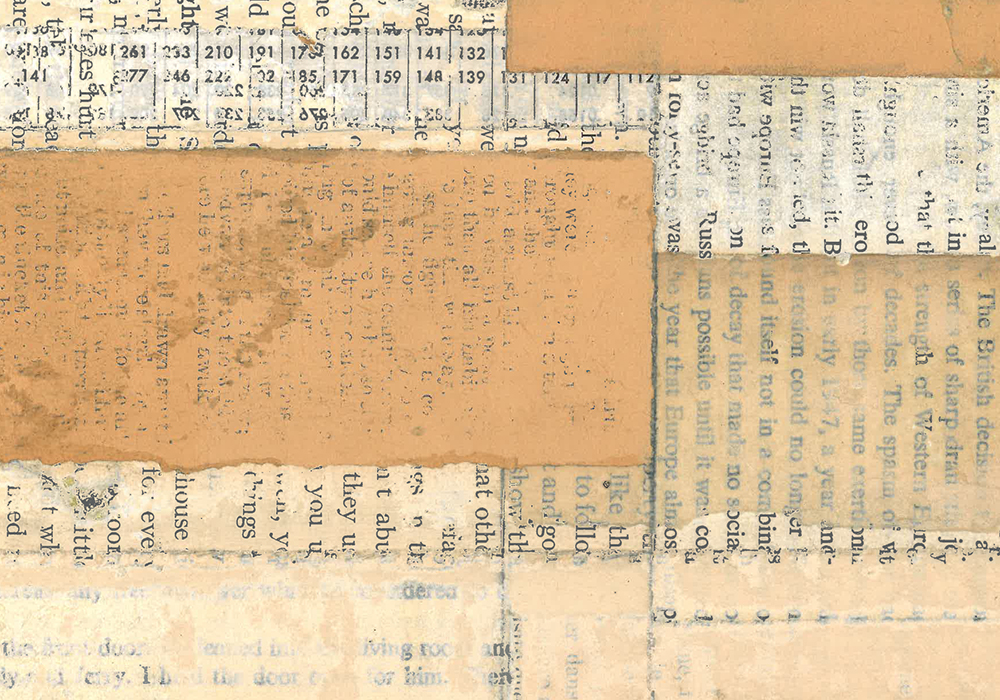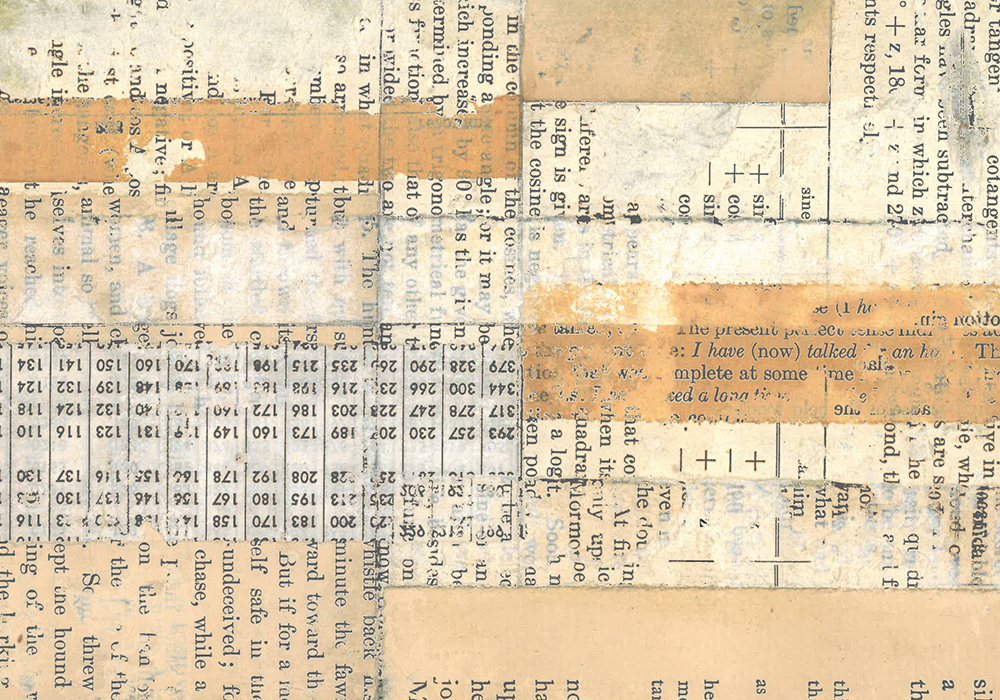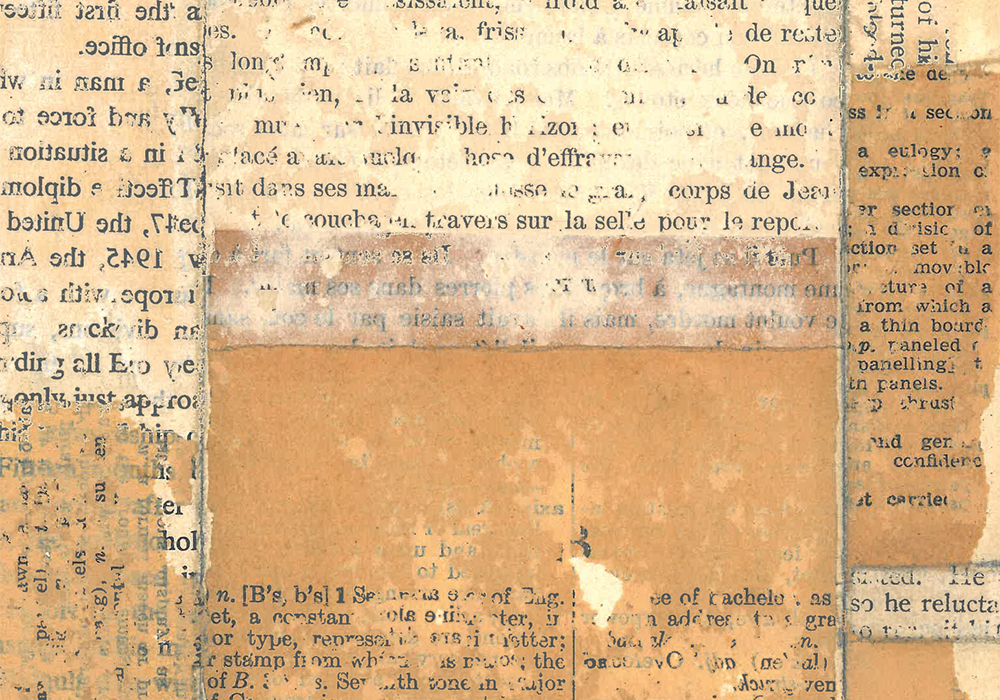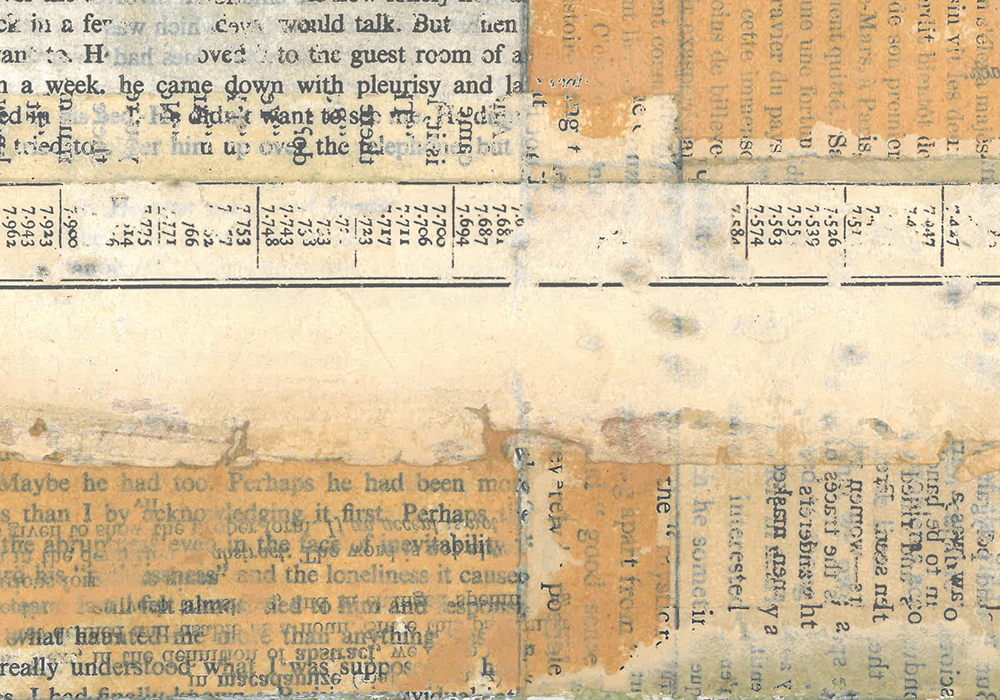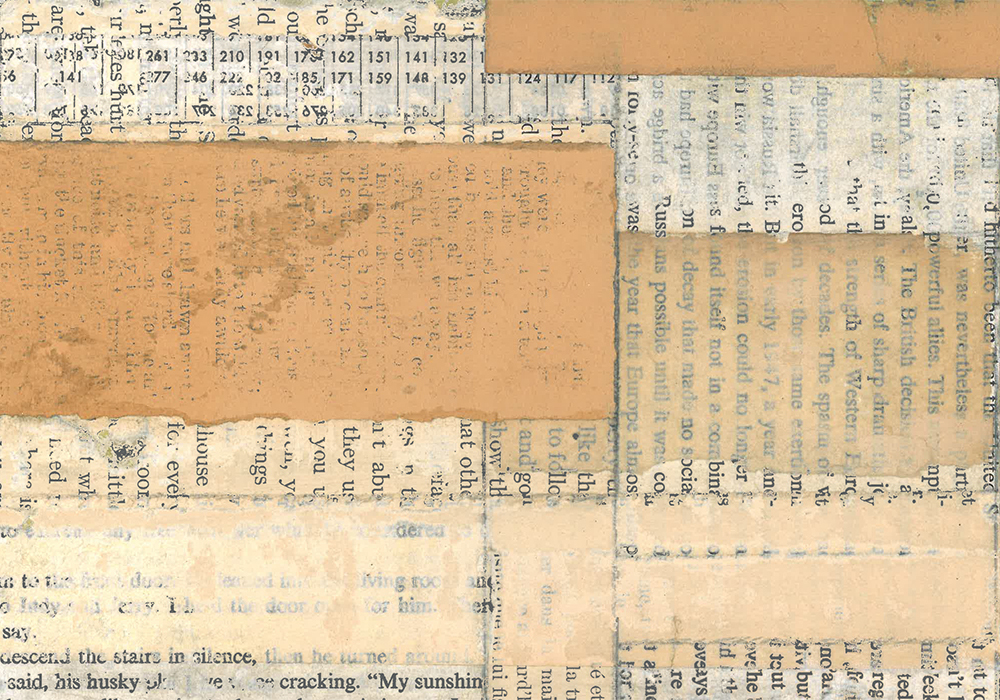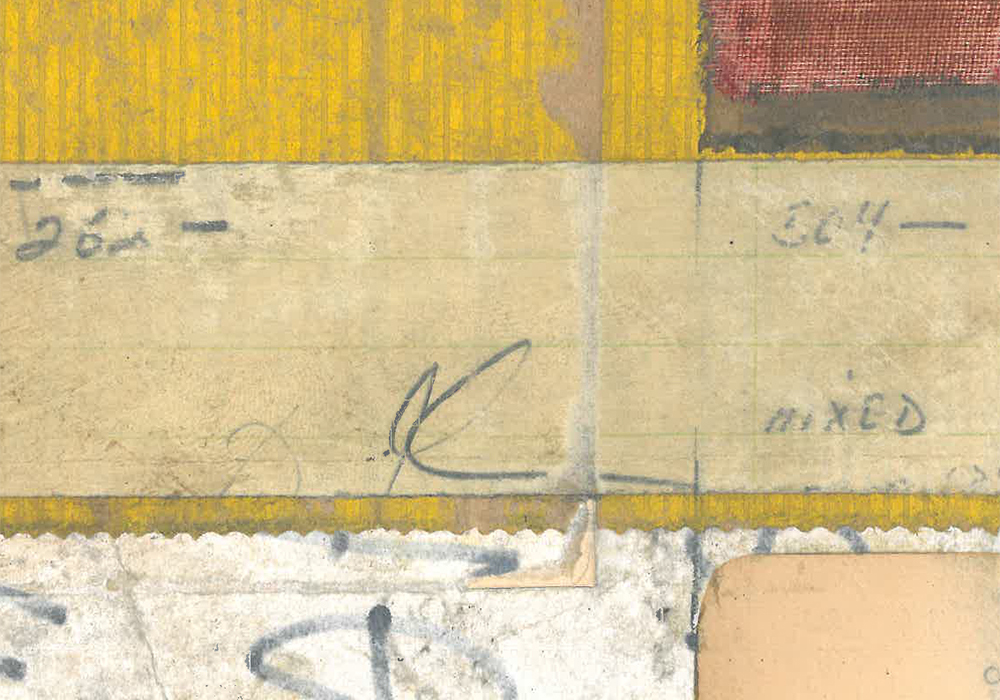As a child in confirmation class, I am instructed in the holy math. “Seven is the number of completion,” our pastor says. “It took seven days for God to make the world, so seven days became the length of our earthly week.” He speaks to us as a single mass, the cloud and not the snowflakes, separate and unique.
Category: Creative Nonfiction
Hourglass
Under and Over Promiscuity — Rome (II)
Lily Hoang
Recently, men have asked me to be their slut. And during the sex act, they say, almost universally, “You’re just a slut, aren’t you?” The mere idea of my promiscuity stiffens them. To them, it is hot and sexy.
The Hollow Places of the World
Kenneth Garcia
[av_hr class=’custom’ height=’50’ shadow=’no-shadow’ position=’center’ custom_border=’av-border-fat’ custom_width=’100%’ custom_border_color=’#1f4378′ custom_margin_top=’30px’ custom_margin_bottom=’30px’ icon_select=’no’ custom_icon_color=” icon=’ue808′ font=’entypo-fontello’ admin_preview_bg=”] The ores of divine providence are everywhere infused, and everywhere to be found. St. Augustine, De Doctrina Cristiana The margins of the world surrounded me—at least in the physical sense—for hundreds of miles in every direction: a no-man’s land of… Continue reading The Hollow Places of the World
Kenneth Garcia
The Chevra
Goldie Goldbloom
When my mother died, I stopped calling her mum and began to call her mama.
Untitled
I am The Weird Girl. The Freak. The Barfy Little Feeb.
Catch Me, I’m Falling
Dionisia Morales
I found out I was pregnant during rock-climbing season. The weekend before the test showed positive, I was clinging to the stone faces that flank central Oregon’s Crooked River.
Junk Food Killer
D A Thompson
The memory hits me like hunger: sudden pangs, gnawing edgewise. First it’s just a headline and the torn edge of a story.
Nocturne in the Key of We
Laura S. Distelheim
Five o’clock a.m. on a morning last fall, in the Walgreens of an affluent suburb on Chicago’s North Shore, where I have gone to buy batteries for my flashlight…
These Things Should Not Happen
Michelle Webster-Hein
We took a walk this evening as we often do. My husband pushed my daughter in her stroller as I walked alongside.
Bloodsport
Liz Blood
Richard, a Filipino tricycle motorbike driver, agreed yesterday to drive us from Alona Beach, where we are staying, to the Sunday afternoon cockfight just outside of Panglao. He’s a quiet man, but patient with my gaggle of questions.
Letter to my Son Jacob on his 5th Birthday
Mimi Lemay
Your dad often recounts the moment he held you first. Your hearty, solid body, your pumping fists and legs and the surprised thought, “This one is a different model”…
Stuck
Joey Franklin
I walked through the double doors of the plasma center at eleven a.m., right behind a man who looked like he’d just spent the night in his car. His hair pitched awkwardly atop his head, and his loose T-shirt hung low beneath the trim of his bomber jacket…
White Space
Elizabeth Horneber
I want to peel apart his pockets of words, like pulling apart slices of an orange. I want to open him and watch his organs thanklessly perform. Blood, push. Lungs, grow. Heart, a machine—jerk, convulse.
El Pañuelo
Christy Bailey
The dark-haired photographer lifts his eyelids in slow motion, first taking in the brown leather buckles crisscrossing my dangling feet, then the breathable khakis, loosely bunched at the knees and pouched over my stomach. He takes in my white layering tank, thick, opaque, cut between crew and scoop neck, simple and modest per Peace Corps recommendations.
Do Not’s (For Her) and Do Not’s (For Him)
Michael Levan
Basically, do not openly enjoy anything / she cannot do. Do not seem pleased / this list is shorter and more ridiculous. She will be carrying / the weight for as long as this marriage lasts, /
What the Body Holds
Betty Jo Buro
When meditating, one is not supposed to think. But of course, the harder you try not to think, the more persistent your thoughts. Do not berate yourself for having thoughts, just observe them, notice them, and let them float by, like a slow moving cloud.
The Ultimate Troll: A Confession
Isabella Tangherlini
My name is Isabella Tangherlini, I am twenty years old, and I used to be an internet troll. It sounds like something you’d hear at a group therapy session with a twelve-step program, or maybe an episode of Dr. Phil. Either way, it’s not a very good way to introduce a person, or an essay.
Mentor & Tormentor
Neil Shepard
He’s been sober now for decades, but in the early days of his teaching career, when I was his student, he was deep into the destructive work of booze. It was a time when the ampersand was intentional & historical, Beat shorthand for every slow, tired “and” anchored to old times.
In Montaigne’s Shadow
Clinton Crockett Peters
There was always Montaigne. “Of Cannibals.” “Of Drunkenness.” “Upon Some Verses of Virgil.” The stranglehold of imperialism. Books. Thumbs. Dead fathers.
Murderer’s Bread
Toni Mirosevich
[av_hr class=’custom’ height=’50’ shadow=’no-shadow’ position=’center’ custom_border=’av-border-fat’ custom_width=’100%’ custom_border_color=’#1f4378′ custom_margin_top=’30px’ custom_margin_bottom=’30px’ icon_select=’no’ custom_icon_color=” icon=’ue808′ font=’entypo-fontello’ admin_preview_bg=”] Whatever time it is—morning, noon, or long into the night—our neighbor lady is always three sheets to the wind. Maybe four. We’re out in the front yard trying to dig a hole in the rock-hard ground to plant our first… Continue reading Murderer’s Bread
Toni Mirosevich
An Excerpt from Committed: A Memoir of the Artist’s Road
Patrick Ross
I catch up with her a few minutes later. She is shaded under a vine-covered trellis, standing precariously several feet up on the edge of a fountain. It appears she’s trying to capture a close-up of a cherub pouring water. She’s resting her left hand on the wet stone behind the cherub, and I imagine several scenarios that have in common a disastrous ending.
Meeting Tracy
Stefani Zellmer
I meet Tracy because she has a fuckable brother, according to Kristen. Tracy and her brother Trent go to Bishop Lynch. Kristen and I go to Liberty. They wear uniforms and study Theology. We wear whatever we want and don’t know what Theology is. At least I don’t, and I’m embarrassed for not knowing so I don’t ask.
What the Bell Says
Rebecca Bald
[av_hr class=’custom’ height=’50’ shadow=’no-shadow’ position=’center’ custom_border=’av-border-fat’ custom_width=’100%’ custom_border_color=’#1f4378′ custom_margin_top=’30px’ custom_margin_bottom=’30px’ icon_select=’no’ custom_icon_color=” icon=’ue808′ font=’entypo-fontello’ admin_preview_bg=”] A little bell is called tintinnabulum; a small shrill bell, squilla; a big one in the shape of a wide-brimmed hat, petasius; codon for a hand bell; nola for a bell that swings on the necks of dogs and the… Continue reading What the Bell Says
Rebecca Bald
Breathing Room on Judgment Day
Meredith Anton
[av_hr class=’custom’ height=’50’ shadow=’no-shadow’ position=’center’ custom_border=’av-border-fat’ custom_width=’100%’ custom_border_color=’#1f4378′ custom_margin_top=’30px’ custom_margin_bottom=’30px’ icon_select=’no’ custom_icon_color=” icon=’ue808′ font=’entypo-fontello’ admin_preview_bg=”] 1. Years ago, on an employee retreat for a publishing company I worked for in my twenties, I met a magician who levitated. A group of us stood before him and watched as his body rose a foot off the… Continue reading Breathing Room on Judgment Day
Meredith Anton
Afterlife
Susan Southard
[av_hr class=’custom’ height=’50’ shadow=’no-shadow’ position=’center’ custom_border=’av-border-fat’ custom_width=’100%’ custom_border_color=’#1f4378′ custom_margin_top=’30px’ custom_margin_bottom=’30px’ icon_select=’no’ custom_icon_color=” icon=’ue808′ font=’entypo-fontello’ admin_preview_bg=”] Nearly every day, seventy-seven-year-old Yoshida Katsuji drives across the city from his modest home to the Nagasaki Atomic Bomb Museum. Always early, Yoshida moves through the museum corridors and office hallways with ease, greeting each staff member with an energetic… Continue reading Afterlife
Susan Southard
Believers
Laura Farmer
The house we stood in front of had a stained glass representation of the birth of Christ as a picture window. I put down one of my cases of beer and looked at Robert, my college boyfriend. The New Year’s Eve party was here?
James Baldwin, Flannery O’Connor, and the Ethics of Anguish
Carole K. Harris
“Any real change implies the breakup of the world as one has always known it, the loss of all that gave one an identity, the end of safety.”
James Baldwin, “Faulkner and Desegregation”
Raw Milk
Judith Hertog
I don’t know why I continue buying my groceries at Price Chopper. Of course it makes me feel bad: those flat harsh neon lights, the long aisles of cheap overabundance, the bland preprogrammed music, the complete absence of beauty. Even the name itself—Price Chopper—hurts me with its crude brutality…
Fossiliferous
Nancy Lord
I wasn’t crazy about the height. There we were, one paleontologist who might have been a mountain goat, his two assistants, and me, scrabbling up a mountainside of tilted and crumbling rock strata—or what my companions called “bedding planes.” Loose gravel and rock dislodged by our feet bounced all the way to the glint of streambed in the canyon’s crease below.
Story Water
Sayantani DasGupta
Gather ‘round, children, and I will tell you a story.
It is a familiar scene. The storyteller is a village elder, or a grandmother, or a wandering minstrel. The passel of eager-eyed children, and perhaps some adults, sit close. It is the still evening, under the fluttering mosquito-net; or perhaps mid-day, in the shade of an old acacia tree; or a darkening and cold afternoon, by the light of a roaring fire.
Corn Maze
Pam Houston
When I was four years old, my father lost his job. We were living in Trenton, New Jersey at the time, where he had lived most of his life. With no college education, he had worked his way up to the position of controller at a Transamerica-owned manufacturing company called Delavalve. The company restructured itself and dismissed him. My parents decided to use his sudden unemployment as an opportunity to take a vacation, to drive whatever Buick convertible we had at the time from New Jersey to California.
What More Can a Body Do?
Charisse Coleman
You are in training, learning how to help people with the sorrows, fears, and angers they want to banish, the pains they wish to exorcise or learn to carry more lightly. You are introduced to a man with cancer. He is exactly your age. Forty-eight. The first time you meet is the second week of your internship as a clinical mental health counselor.
Lovebird
Carolyn Walker
It is autumn and the leaves of October have begun to fall, but still Jennifer’s summer romance blossoms with a freshness that even the first cherry trees of April might envy. Her boyfriend David, who is trapped in his body like a mummy in its sarcophagus, calls her almost every day.
Espionage Is a Risk
Amanda Skelton
Each tread of the staircase in our rented apartment measures roughly nine inches. The risers are eight inches high. Builders use various formulae (e.g. height plus depth equals seventeen) to fix the tread/riser ratio. I use a formula—the word “recipe” seems overgenerous—to prepare the protein shake I carry upstairs, five times a day, to my twelve-year old son.
Here There Be Dragons
J.D. Lewis
Here is what I like to think happens when we die: first, we float. Alone in boundless blackness, we are conscious only of absence. Then, all around us, faint pinpoints of light brighten slowly, imperceptibly, so we don’t notice until we’re surrounded.

